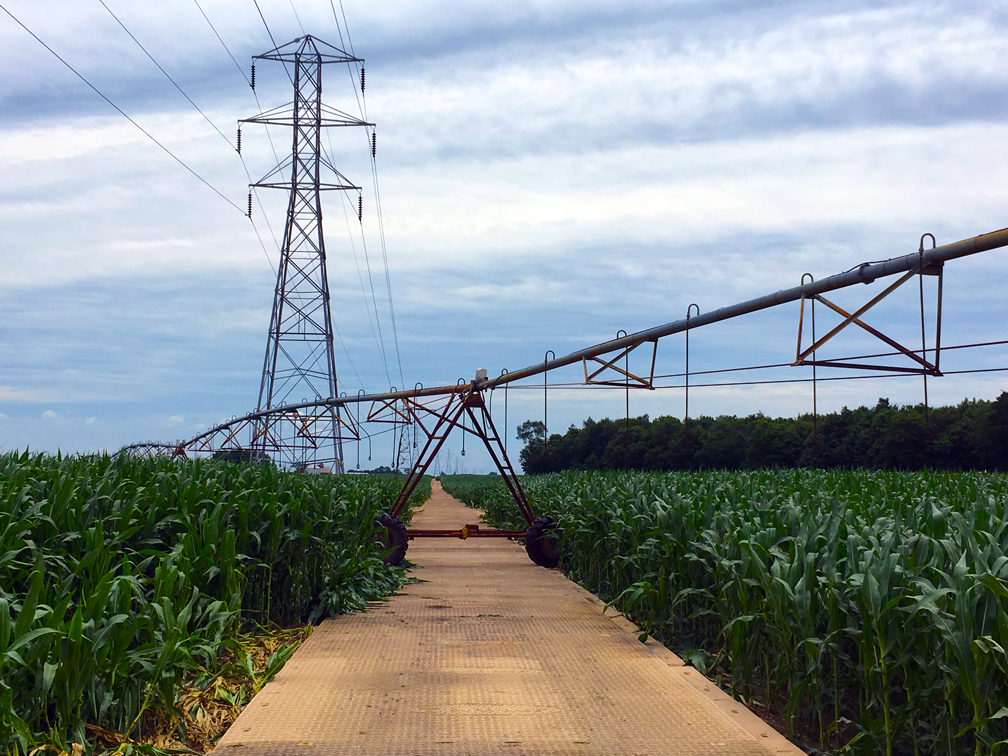Top 5 Environmental Benefits of Using DURA-BASE Composite Mats for Temporary Access
 DURA-BASE® Advanced Composite Matting System™ was introduced in 1998, as the market’s first engineered thermoplastic worksite access solution, providing heavy duty work platforms for temporary access roads. Today, DURA-BASE continues to set the standard for environmentally friendly performance.
DURA-BASE® Advanced Composite Matting System™ was introduced in 1998, as the market’s first engineered thermoplastic worksite access solution, providing heavy duty work platforms for temporary access roads. Today, DURA-BASE continues to set the standard for environmentally friendly performance.
In addition to their practicality, DURA-BASE mats offer a number of environmental benefits that make them a smart choice for companies and organizations looking to reduce their impact on the planet. In this blog, we will explore some of the environmental benefits of using DURA-BASE composite mats.
Reduced Material Waste: Traditional road-building methods can be extremely wasteful, with large amounts of gravel, asphalt, timber, and other materials used to create temporary roadways. According to the Texas Forestry Commission, it takes 60 years to grow a milling size tree for a wood mat that is typically incinerated or disposed of in landfills after an average life of 3 years. DURA-BASE mats, made from high-density polyethylene (HDPE) resin, are engineered to be reusable and long-lasting. This means that they can be used over and over again, reducing the amount of material waste generated by construction projects and allowing customers to eliminate tree harvesting needed to construct alternative wood mat products. There is zero degradation in any product characteristics during the recycling process, and any excess, shavings, or other raw material waste used in the manufacturing process is reintroduced into production.
Lower Carbon Emissions: DURA-BASE mats are designed to be lightweight and portable, which makes them easy to transport to and from job sites. This reduces the volume of trucks required to transport the mats, which can be significant contributors to carbon emissions. Fewer trucks on the road and miles driven means reduced traffic, increased air quality, less water pollution from exhaust and engine particulates, diminished noise, dust and disruption, and road damage. By using DURA-BASE mats, companies can reduce their carbon footprint and help protect the environment.
Water Saved: NMIS worked with a third party* to conduct a Life Cycle Assessment (LCA) of DURA-BASE. The LCA analysis revealed that the lifecycle of a DURA-BASE mat consumes at least 70% less water than the lifecycle of a timber mat or other alternatives. This analysis complied with the International Standards Organization (ISO) standards 14040:2006 and 14044:2006.
Protection of environmentally sensitive species and terrains: Many construction projects take place in areas that are environmentally sensitive such as wetlands, swamps, tundra, native prairie, and deserts. With its patented design, sealed construction and material composition, DURA-BASE has shown itself to be invaluable in these areas. DURA-BASE mats are non-porous, thereby significantly reducing environmental risk from cross-contamination through absorption and carriage in the mat structure, especially from invasive species. The DURA-BASE mat design allows for complete cleaning and decontamination at the end of each project.
Reduced Soil Disturbance: When vehicles are forced to traverse soft or unstable ground, they can cause significant damage to the soil and surrounding vegetation. This can lead to soil erosion, loss of topsoil, and damage to plant and animal habitats. With its superior load spreading design, DURA-BASE provides a stable surface for vehicles to drive on, helping reduce soil disturbance and minimizing the impact on local ecosystems.
Ultimately, the environmental benefits of the DURA-BASE composite mat are not coincidental. Extensive research and development have gone into engineering an environmentally friendly and sustainable mat. For 25 years, Newpark’s matting system has been field tested and continuously improved to meet our customer’s - and our own - performance and environmental expectations.
In conclusion, the environmental benefits of using DURA-BASE composite mats are substantial. By reducing material waste, lowering carbon emissions, saving water, protecting sensitive areas and species, and reducing soil disturbance, these mats offer a smart, sustainable solution for companies and organizations looking to minimize their impact on the planet.

